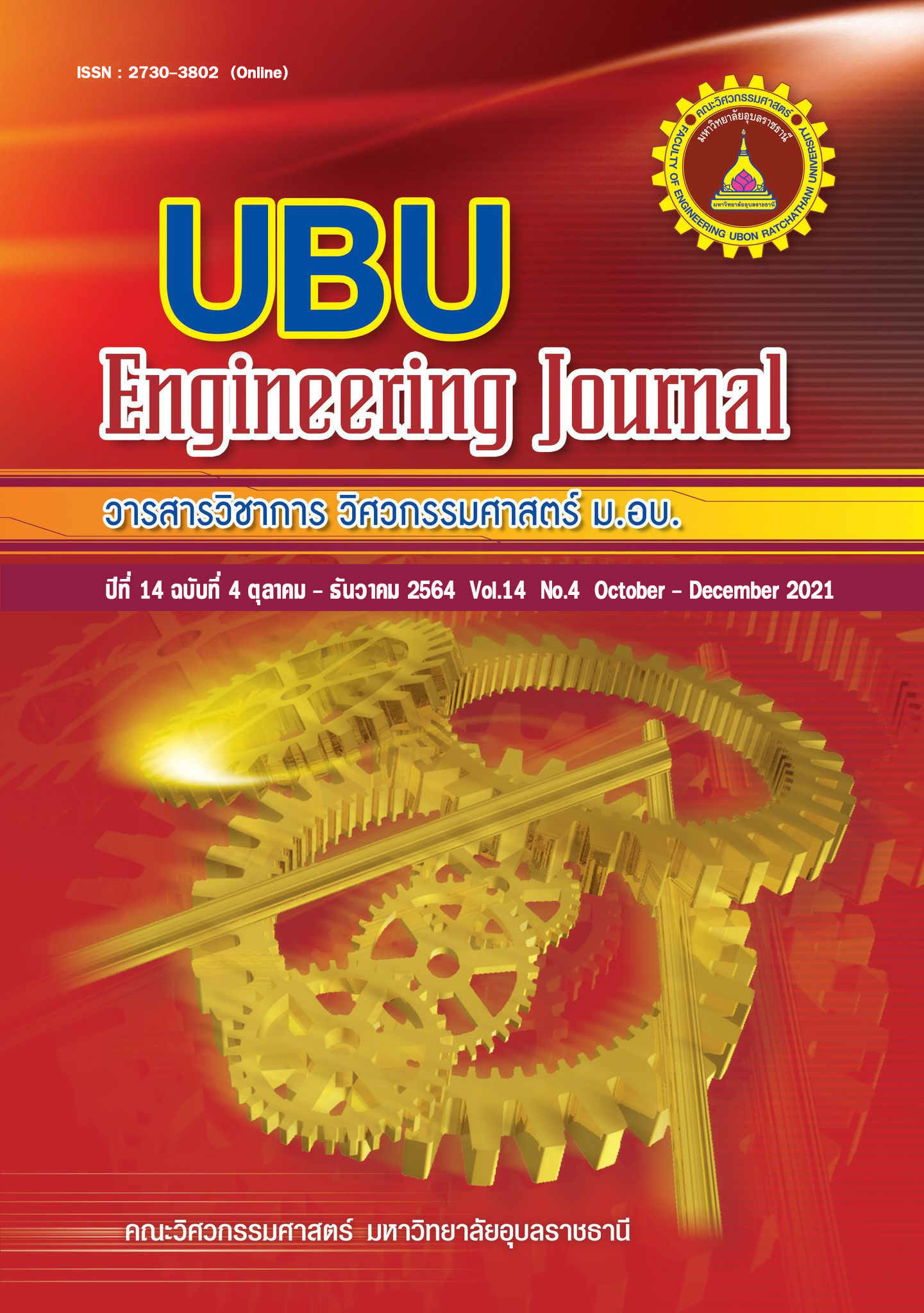Risk assessment for protective relays in substation
Main Article Content
Abstract
Generally, the maintenance of protective relays in substation often faces difficult issues because the number of devices is huge. Besides, the protective relays have different models, brands and technologies, service lifetime, used environments and applications to customer loads, etc. The protective relays are also different from other power devices in that they only operate when a fault occurs in the power system. Therefore, the protective relays are less risk of failures, and their deteriorations are not obvious. However, the impacts caused by relays' failures will lead to serious damages to other high-cost equipment and dangers to operators. As a result, they cause power outages or disturbances in a wide area. This paper proposes a method for assessing the risk of protective relays in the substation. The study consists of two main parts: (1) the condition assessment of the protective relays related to the probability of failure and (2) the criticality assessment of the relays to show the importance of impacts when relays fail to operate. The maintenance data from the diagnostic test and the historical operation data are used for assessing the conditions of protective relays. The substation tier, relay scheme, bus configuration, and load importance are used for assessing the criticality of protective relays. The results are proposed with the case study of 10 micro-processer protective relays installed at Pathum Thani 2 and Pathum Thani 3 substations of the Provincial Electricity Authority (PEA). Each protective relay can be replaced with different risk phases. Moreover, obtaining results can be utilized to prioritize maintenance and select the appropriate protective relay maintenance activities for receiving economic worthiness.
Article Details
References
[2] Installation and Maintenance for Protective Relay Systems, July 2006.
[3] Rosmaini Ahmad, Shahrul Kamaruddin, An overview of time-based and condition-based maintenance in industrial application, Computers & Industrial Engineering 63 (2012) 135–149
[4] Relay Testing and Maintenance GE Power Management Technical Publication Publication No.: GET-3473B Copyright © 2000 GE Power Management
[5] H. Tavares, H. Leite, A. Pinto, P. Vidal, J. Santos, Applying Reliability Centered Maintenance to a Digital Protective Relay, IEEE PES Innovative Smart Grid Technologies Europe (ISGT Europe), Berlin, 2012
[6] Aaron Feathers, Abesh Mubaraki, Ana Nungo, Nai Paz, Relay Performance Index for a Sustainable Relay Replacement Program, 2014
[7] ประสิทธิ์ พิทยพัฒน์, การป้องกันระบบไฟฟ้ากำลัง, บริษัท จี.บี.พี. เซ็นเตอร์ จำกัด พิมพ์ครั้งที่ 3 ปีที่พิมพ์ 2551.
[8] Ian Bradley, John Ciufo, Aaron Cooperberg and Cole Tavener, Life-Cycle Management for System Protection, Transmission & Distribution World, Hydro One Networks Inc., Fri, 2007-06-01 12:00
[9] I22: End-Of-Useful Life Assessment of P&C Devices Report to Main Committee, Final Report – May 2015, Chair: Bob Beresh, Vice Chair: Bruce Mackie
[10] คู่มือการกำหนดค่าการทำงานของรีเลย์ป้องกัน (Protective Relay Setting Criteria), กองอุปกรณ์ป้องกันและรีเลย์ ฝ่ายบำรุงรักษาสถานีไฟฟ้าและระบบไฟฟ้า สายงานปฏิบัติการและบำรุงรักษา, การไฟฟ้าส่วนภูมิภาค, ม.ค. 2558
[11] นาตยา คล้ายเรือง และคณะ, รายงานแนวทางการประเมินความเสี่ยงของอุปกรณ์ชุดสวิตซ์เกียร์และรีเลย์ป้องกัน, โครงการวิจัยและพัฒนาความชำนาญด้านไฟฟ้ากำลัง, มหาวิทยาลัยเกษตรศาสตร์, 2559

